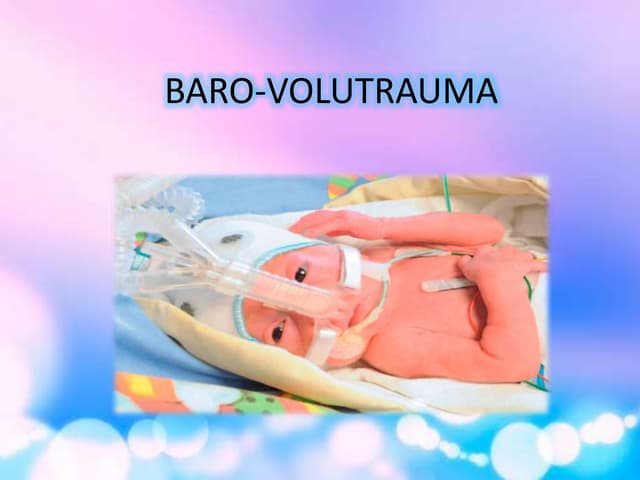
Mechanical ventilation (MV) by itself has been established as a factor that induces lung damage, which has been demonstrated even in previously healthy lungs, where the MV could aggravate the lung effects of a ‘first inflammatory hit’, a concept known as ventilator-induced lung injury (VILI). A more complete understanding of these mechanisms may allow for the development of new therapeutic strategies to prevent VILI and consequently achieve better clinical outcomes. The purpose of this review is to present an approach to the VILI pathophysiology mainly focused on the initial importance of the volutrauma effects in a previously healthy lung of patients afflicted with a "first hit" with risk of developing ARDS, as well as the effects of volutrauma in a lung with ARDS. However and unfortunately, only a few studies have shown significant effectiveness that contribute to better clinical outcomes, specifically those whose targets were based on to reduce the ARDS progression through the development of protective strategies that result in a reduction of volutrauma. Most of the studies show strategies to prevent the occurrence or progression of ARDS, and only a few interventions have focused on to reverse the damage or accelerate the recovery period caused by the primary injury. For many years, multiple studies have aimed to determine the mechanisms of ARDS generation and progression as well as other aspects including the recognition of subtypes of ARDS, identification of risk and prognostic factors and others, all areas that have intended to contribute to the development of new preventive and therapeutic strategies. The acute respiratory distress syndrome (ARDS) is a relatively frequent complication in critically ill patients and responsible for significant co-morbidity and mortality. A more complete understanding about the molecular effects that physical forces could have, is essential for a better assessment of existing strategies as well as the development of new therapeutic strategies to reduce the damage resulting from VILI, and thereby contribute to reducing mortality in ARDS.

The purpose of this article is to present an approach to VILI pathophysiology focused on the effects of volutrauma that lead to lung injury and the ‘mechanotransduction’ mechanism. The benefits in ARDS outcomes caused by these interventions have been confirmed by several prospective randomized controlled trials (RCTs) and are attributed to reduction in volutrauma. Injured lungs can be partially protected by optimal settings and ventilation modes, using low tidal volume (VT) values and high positive-end expiratory pressure (PEEP).
#Barotrauma vs volutrauma series
Patients with ARDS generally require mechanical ventilation, which is another important factor that may increase the ALI (acute lung injury) by a series of pathophysiological mechanisms, whose common element is the initial volutrauma in the alveolar units, and forming part of an entity known clinically as ventilator-induced lung injury (VILI).

Acute Respiratory Distress Syndrome (ARDS) is a clinical condition secondary to a variety of insults leading to a severe acute respiratory failure and high mortality in critically ill patients.


 0 kommentar(er)
0 kommentar(er)
